„The changing times are changing the artists”.
John Tagliabue
read more
"Totalitarianism Simulator" at the Museum of Photography in Kraków
Since 13 December, the Museum of Photography in Krakow has been showing Paweł Kowalewski's work "Totalitarianism Simulator", an immersive art installation that allows viewers to confront the experience of living under totalitarian regimes. The work is presented on level -1, and its presentation began with a meeting with the artist. - In the face of totalitarianism, we are all alone. - says Paweł Kowalewski. In order to allow contemporary viewers to understand what the loneliness of the individual in the face of an inhuman system consists in, he decided to prepare 'Totalitarianism Simulator', an immersive show combining the crimes of totalitarian regimes with peaceful images of everyday life under these conditions. Images of the arrest of Jews during the Second World War or the execution of homosexuals in Iran are interspersed here with photos of a family walking the streets of Milan during the Mussolini era or a group of men drinking beer under a picture of Adolf Hitler in Nazi Germany. The "Totalitarianism Simulator" allows viewers not only to confront these two faces of historical tragedies, but also - by weaving the photo of the viewer watching the projection into its structure - to feel part of them, another individual in uncertain and frightening times. Each use of the simulator will therefore be different - after use, the individual viewer's photos are erased, and each user can expect an experience prepared just for her/him. The show is for viewers of legal age only. The installation can be viewed until 28 January 20214.
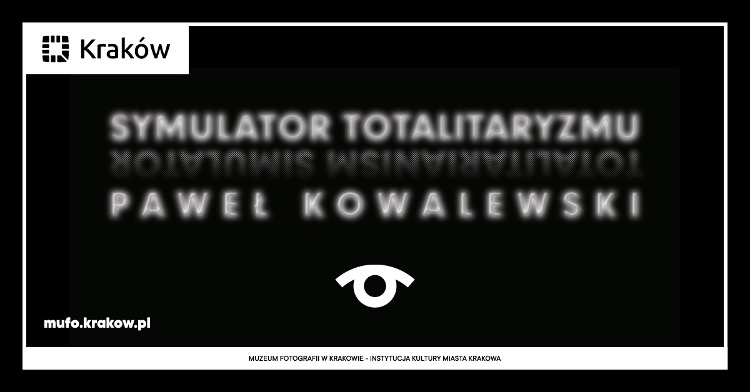
Exhibition "Materializing. Contemporary Art and the Shoah in Poland" at NS-Dokumentationszentrum in Munich
The German museum is opening an exhibition titled "Materializing. Contemporary Art and the Shoah in Poland," which will tell the story of how contemporary Polish artists are addressing the Holocaust. Among the works on display will be six "vanishing" portraits of women of Jewish descent by Paweł Kowalewski. The works presented at the exhibition by Paweł Kowalewski are a series of works created in 2015, titled "Strength and Beauty. A Very Subjective History of Polish Mothers". The portraits were previously shown at The Artists House gallery in Tel Aviv in 2015 and at the Museum of the History of Photography in Krakow in 2017. The large-format portraits, which were based on archival photographs from the first half of the 20th century, depict women of Jewish descent living during World War II. Among them is also a portrait of the artist's mother, Zofia Jastrzębska-Kowalewska, who took part in the Warsaw Uprising. From the works straight into our eyes these beautiful women look, slightly smiling. At the time their pictures were taken, they were young and full of joy. They had dreams and plans for the future, which were destroyed by the war and the rise of two totalitarianisms. They went through traumas that stayed with them for life. - This is a project about women and the strength of these women, thanks to whom the world survived. Raped, abused, wounded, mutilated, they had many reasons to pass the pain of remembrance on, yet they nurtured an element of kindness and love within themselves. Despite their traumatic experiences, they became tender, good mothers, wives, lovers. Some were heroines from the barricades, and others were heroines of everyday life who survived and returned to everyday normality," says Paweł Kowalewski. The works were created using a special paint that will fade over time, turning the portraits into abstract shadows. All that will remain are these traces and the stories from the wartime fate of the heroines that accompany the photos. This is the artist's commentary on the human tendency to forget, disrespect or even despise history, which the artist sees as extremely dangerous. However, anyone who owns a portrait, be it a museum or a private individual, decides for themselves when to stop the process by applying anti-UV glass to the work. - Works of art do not disappear completely. They become ghosts of memory that remain in us," comments Kowalewski. The NS - Dokumentationszentrum in Munich will also feature works by Zuzanna Hertzberg, Elżbieta Janicka, Wojciech Wilczyk, Paweł Kowalewski, Agnieszka Mastalerz, Natalia Romik, Wilhelm Sasnal, Zofia Waślicka and Artur Żmijewski. The subject of a photographic and video installation by Artur Żmijewski and Zofia Waślicka-Żmijewska are objects excavated from the ground in the Warsaw Ghetto during archaeological work carried out at the construction site of the Museum of the History of Polish Jews. Numerous everyday objects were found, for whose owners the world as they knew it suddenly ended. In a poignant project, the artists transfer them into contemporary contexts and give them a second life. The materialized, aching emptiness after the Holocaust can be experienced by viewing the objects of Natalia Romik, who researched and recorded the hiding places of the Jews, and, materializing them in the form of sculptures, transferred them to the present. The work on display is part of a large series entitled "Hideouts. Architecture of Survival" (2022) - the result of a long research into the various hideouts where Jews took refuge during World War II in Poland and Ukraine. The artist searched for these places, visited and documented them, coming into physical contact with the former, often frighteningly microscopic spaces of concealment. In the more traditional medium of painting, Wilhelm Sasnal will show a series of paintings that refer to the Holocaust either directly or more allusively - as is often the case in the artist's work when he evokes images embedded in collective visual memory. The largest painting, measuring 200 x 280 cm, is from a sequence of works based on photographs taken from a car passing by the Auschwitz concentration camp memorial museum. The artist took these sobering photos while returning with his wife from a New Year's party in another city. Although the media and ways in which the artists address the exhibition's theme will be varied, according to Piotr Rypson, an art historian and critic, literary scholar, and one of the exhibition's curators, "What they have in common, however, is the artists' method of working, in which shaping the structure and giving form to the work is preceded by a careful study of the subject. It can be said that the artists enters the field of work of a historian or archaeologist, but for the publication of results they use quite a different instrumentarium, characterized by a high degree of causality. Most of the works operate precisely the title function of materialization. Instead of symbolizing or using metaphors, they refer to concretizations of various types." The exhibition is a unique opportunity to get acquainted with these attempts at materialization and the art of outstanding Polish artists, but also to cultivate memory, because "when words are not enough, we reach for attempts at materialization. So that the memory doesn't completely fade away." - Rypson adds. Symbolic is also the location of the NS museum - Dokumentationszentrum, which is located on the site of the former Nazi party headquarters, which played an important role during the rise of the party and the implementation of Nazism. The exhibition will run from October 20, 2023 to February 25, 2024, curated by Piotr Rypson, Anna Straetmans and Mirjam Zadoff.
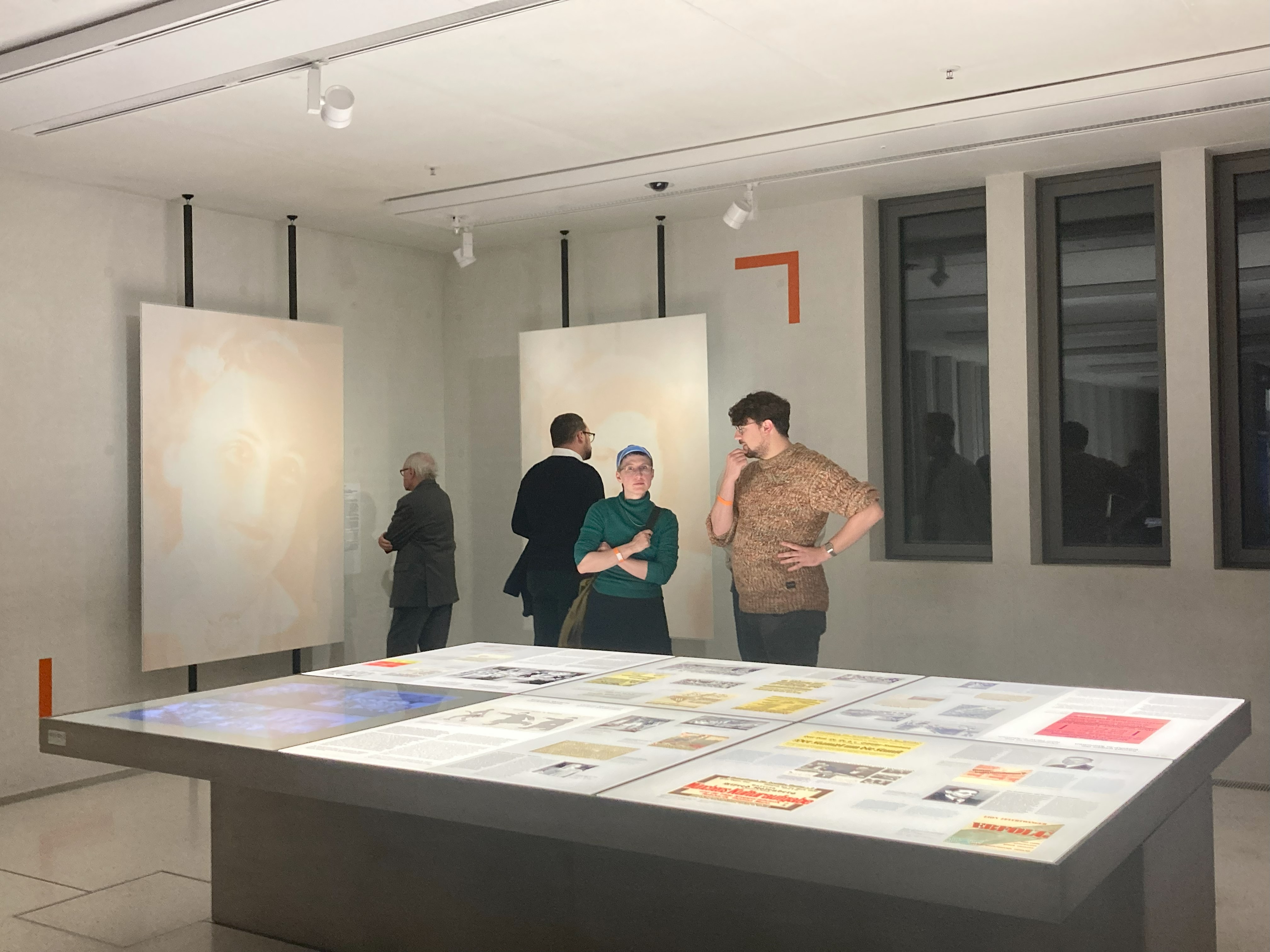
The premiere of the "Gruppa" monography
May 20, 2023 marked the premiere of the book "Gruppa," the first monograph describing the history and achievements of one of the most important Polish art formations of the 1980s. The premiere at the Museum of Modern Art on Pańska Street was accompanied by a panel discussion with the participation of artists, the book's editor Agnieszka Szewczyk and Werner Jerke (moderated by Aleksander Hudzik) [gallery ids="5732,5731,5730"]
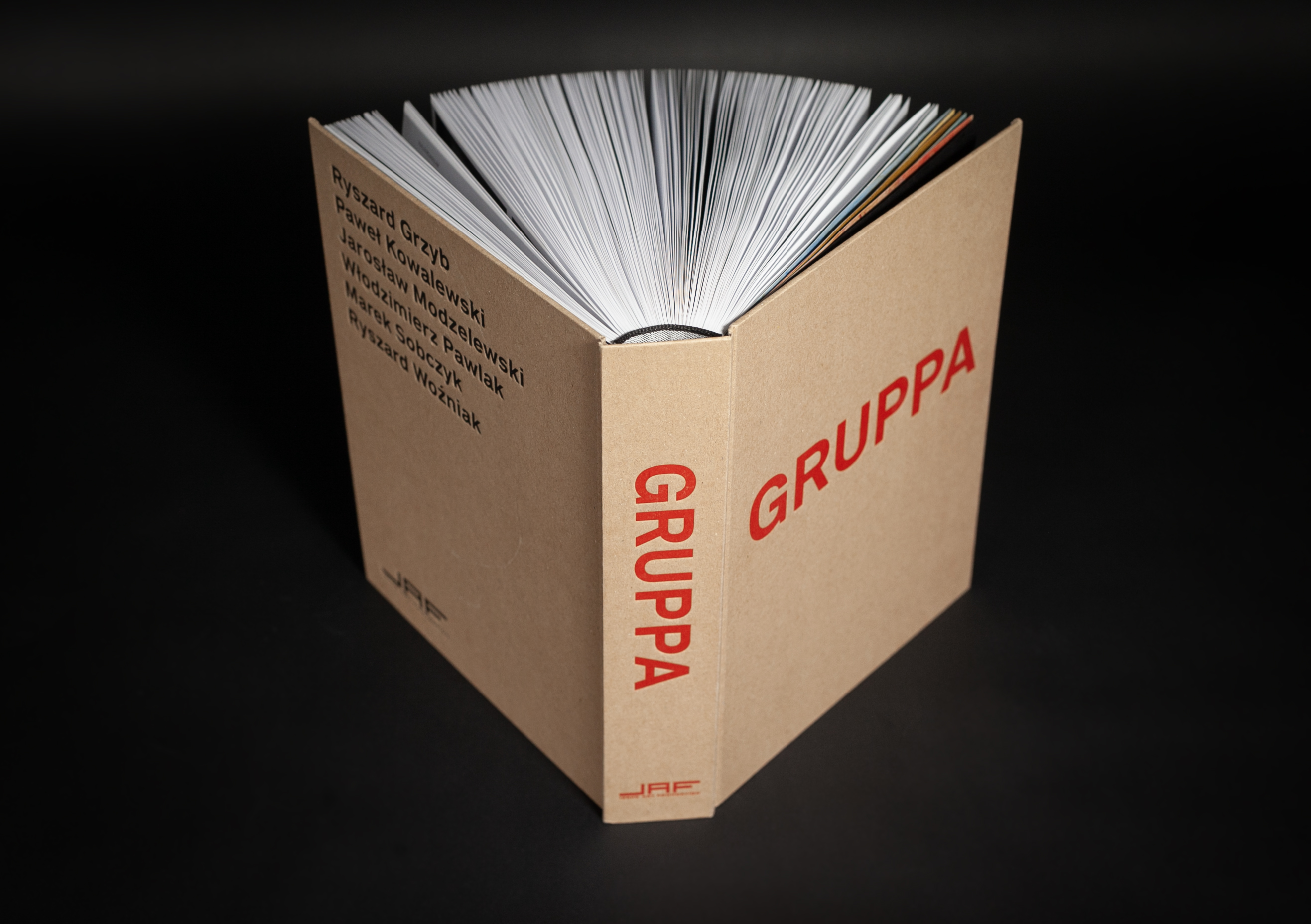
"Tectonic Movements. On the artistic symptoms of the Transition" at the Museum of Art in Łódź MS1
Since November 18, 2022, the Museum of Art in Łódź MS1 presents the exhibition "Tectonic Movements. On the artistic symptoms of the Transition". The exhibition explores artistic reactions to the phenomenon of political transformation and how it has changed the face of the national economy, art and culture. The curator looks at this despite appearances, slow and heterogeneous process of transformation. He brings out their lights and shadows, arranging in the halls of the building at 36 Więckowskiego Street a story of what artistic realities looked like just before and after 1989. The exhibition discards the myth of the magical caesura of a single year, after which everything suddenly changed. The tectonic movements of the title are the very metaphor of gradual transformations with hard-to-predict consequences and non-obvious beginnings. However, these movements, although inconspicuous, completely change the existing ground, landscape and sometimes the lives of the organisms that inhabit it. The exhibition features four works by Pawel Kowalewski from the time around the political transformation. They all come from a series of sculptural glass cabinets and are a commentary upon these inconspicuous times. Curator about the exhibition: This tectonic metaphor allows us to go beyond our narrow understanding of the Polish Transition as having been an unequivocal breakthrough that took place in 1989, transforming the political and economic landscapes. The Tectonic Movements exhibition looks at the transition as a process: the persistent clash and penetration of two systems, the destruction of the old order and the emergence of a new one. In the 1980s and 90s, the tectonic plates of the East and West pressed against each other to create a new rock formation, being the periphery of global capitalism. Before this came to pass, however, a movement was underway: ambiguous, delirious, sometimes violent, and always full of latent tension. In 1991, Zbigniew Sajnóg declared that “Art is a sensitive barometer of the state of humankind, a preconceptual probe.” And indeed this exhibition perceives art in a similar way, as a symptom of change, a visual testimony, and an expression of our time. As an exhibition, Tectonic Movements pursues two planes of inquiry. The first concerns changes in the sphere of the spirit, whereas the second pertains to matter itself. The exhibition endeavors to encapsulate this duality through several dozen works, many of them shown here for the first time, accompanied by archives and documents of social life. From these pieces, the main trajectory of the Transition emerges: marked by a movement from hope to disappointment, from diversity to unification, and from activity to stagnation. Artists: Jacek Adamas, Paweł Althamer, Andrzej Awsiej, Rafał Bujnowski, Faustyn Chełmecki, Ewa Ciepielewska, Jerzy Czuraj, Andrzej Dudek-Dürer, Edward Dwurnik, Egon Fietke (właśc. Andrzej Miastkowski), Jarosław Fliciński, Galeria Działań Maniakalnych, Władysław Hasior, Paweł Jarodzki, Joanna Kabala, Marek Kijewski, Kijewski/Kocur (Marek Kijewski, Małgorzata Malinowska), Grzegorz Klaman, Leszek Knaflewski, Paweł Konjo Konnak, Paweł Kowalewski, Jarosław Kozakiewicz, Janina Kraupe-Świderska, Jacek Kryszkowski, Zofia Kulik, Paweł Kwiek, Przemysław Kwiek, Zbigniew Libera, Marcin Maciejowski, Piotr Młodożeniec, Jarosław Modzelewski, Teresa Murak, Yach Paszkiewicz, Praffdata, Mariola Przyjemska, Krzysztof Raczyński, Marek Rogulski, Wilhelm Sasnal, Michał Sidorczyk, Marek Sobczyk, Jacek Staniszewski, Roman Stańczak, Kazik Staszewski, Lech Emfazy Stefański, Karol Suka (właśc. Karol Kazimierski), Eugeniusz Szczudło, Jerzy Truszkowski, Piotr Uklański, Zbigniew Warpechowski, Wspólnota Leeeżeć, Piotr Wyrzykowski, Yo Als Jetzt, Marcelo Zammenhoff (właśc. Piotr Wygachiewicz), Ziemia Mindel Würm, Alicja Żebrowska, Artur Żmijewski Curator: Jakub Banasiak Exhibition coordination: Monika Wesołowska, Katarzyna Mróz Time: 18.11.2022-19.03.2023
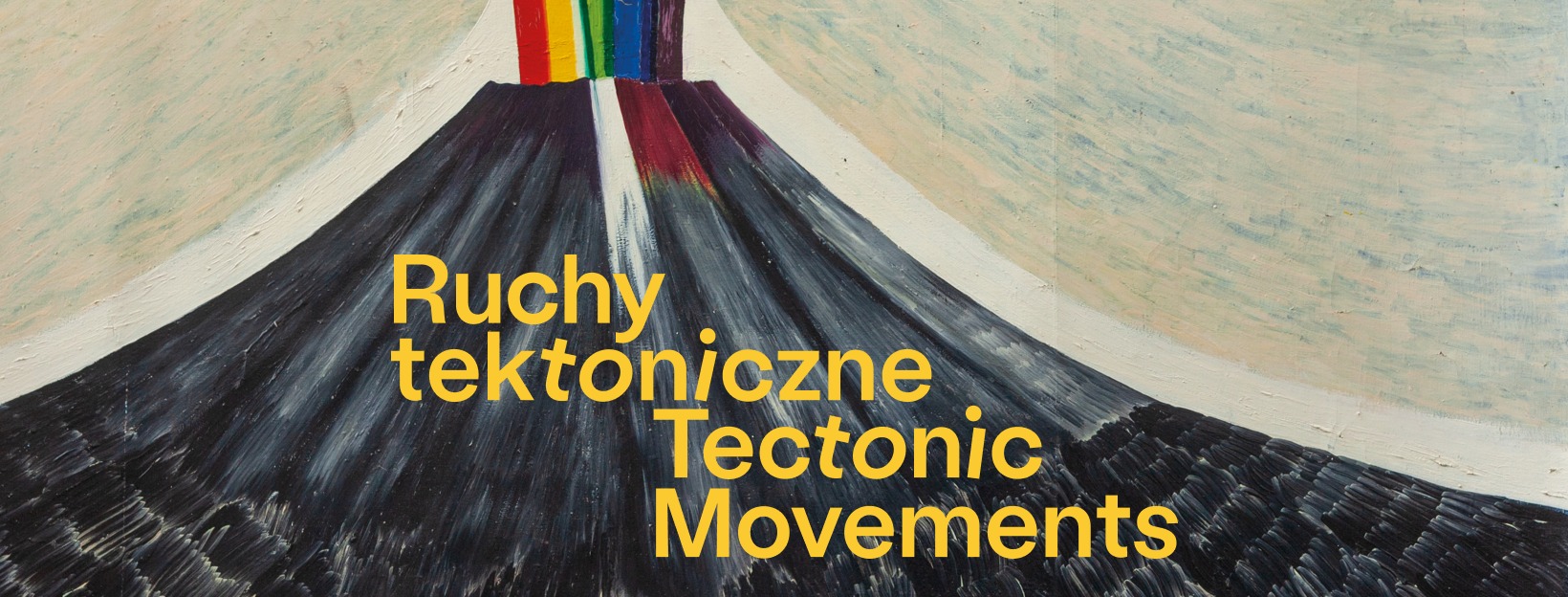
"Politics in Art" - exhibition at MOCAK Museum of Contemporary Art in Krakow
On view since 28th April, this broad exhibition with works from Polish and international artists, focuses on the relations of politics and art.
In the past, art served the purpose of bolstering political power –today it is a tool for questioning and holding authority to account. Once, artists used their talent to support the political system of the day. Today, they have become perspicacious and critical observers of the political scene and are active participants in opposition.
The relationship between politics and art goes back a long way. For centuries, religion was part of the arrangement; for rulers and politicians it was the means of gaining control over hearts and minds. In some countries religion continues to back politics, with a doubly demoralising effect. The exhibition Politics in Art presents – in six sections – the sceptical and critical approach of contemporary artists to the actions of those in power, exposing the artifice and mendacity of political strategies. It demonstrates that in the name of ambition, the desire to remain in power and the feeding of the dictatorial ego, politicians are capable of lying, manipulation and murder. Artists oppose this, both as critics and as soldiers.- Opposition and Protest – artistic manifestation of social and political views, and opposition to unethical behaviour of those in power. In extreme situations – such as the war in Ukraine – artists join in the fight.
- Subverting Systems and Borders – questioning existing divisions and proposing – often utopian – ideas for political change and revolution.
- Democracy and Its Corruption – identifying the ideal political model, realised through civil liberty and the right to vote, while pointing out its distortions.
- Nationalism – warning against the reprehensible conviction that the assumed superiority of one’s own nation justifies contempt for and aggression towards others.
- European Union – concern for the stability of the European Community in the era of migration, Brexit and the imperialist military aggression of Russia.
- Political Mediality – exposing the role of the mass media in shaping political views, and their potential for the manipulation of information. Protest against muzzling of the media.
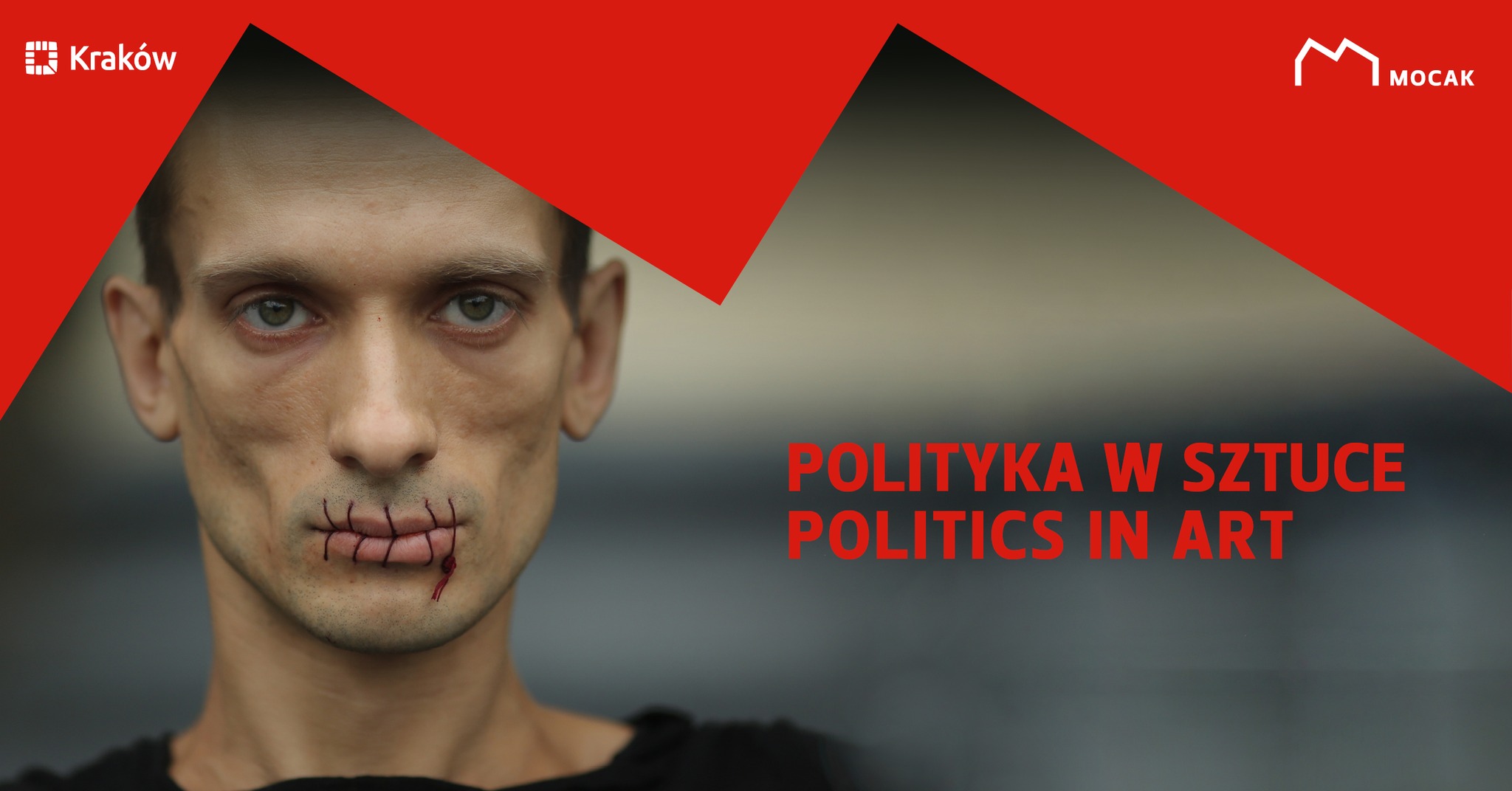
"Power of Art" in DESA Unicum
"Power of Art" 06.03.2020, Friday, at 6:00 pm DESA Unicum, Piękna 1A, Warsaw The film "Power of Art" was created in cooperation with: The National Film, Television and Theater School in Łódź and the INDEX Film Studio Written and directed by: Werner Jerke - Jerke Museum Starring: Paweł Kowalewski, Ryszard Grzyb, Jarosław Modzelewski, Marek Sobczyk, Ryszard Woźniak and Anda Rottenberg. Gruppa - the most important Polish artistic formation of the 1980s., founded by Paweł Kowalewski and Ryszard Woźniak, co-created with Ryszard Grzyb, Jarosław Modzelewski, Włodzimierz Pawlak and Marek Sobczyk. Gruppa is one of the most interesting creative manifestations of the period, which was a collection of individualities rather than a collective working according to a uniform program. Artists were united by a community of attitudes and a desire to inspire each other than a specific vision of art. The creators organized exhibitions, recitals and performative actions. They published their own magazine "Oh, It's Good Now!", Where they published poems, comments, mocking texts, sketches and drawings. Gruppa, as an artistic formation, ended its activity in the 90s. with a retrospective exhibition at the Zachęta - National Art Gallery. [gallery ids="3979,3968,3978,3977,3976,3975,3974,3973,3972,3971,3970,3969"]
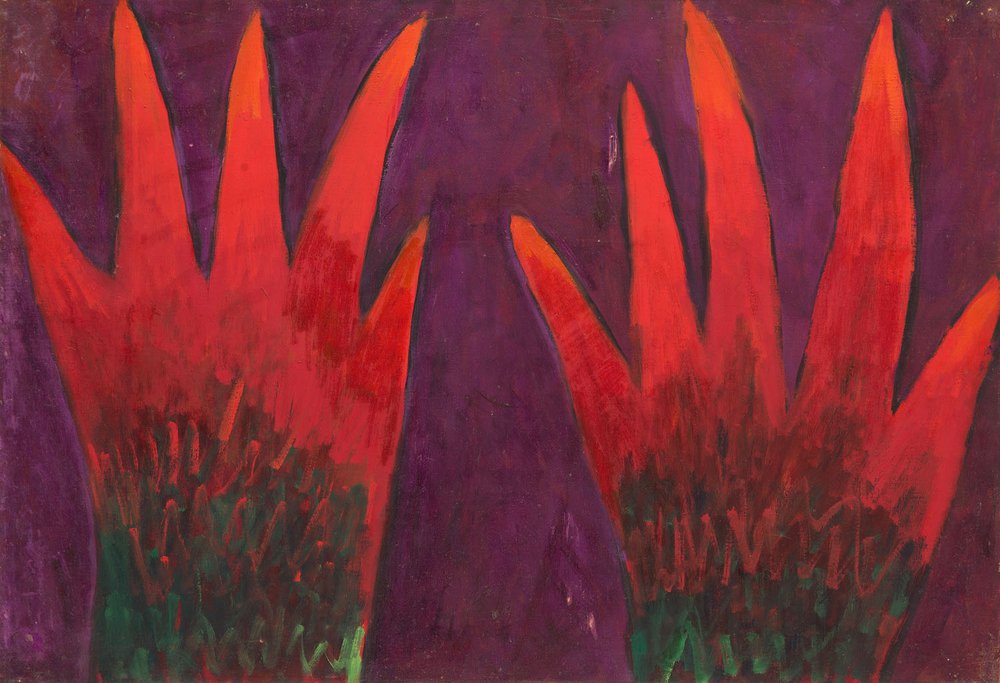
"Exercises from Art" - exhibition collection of the Museum of the Academy of Fine Arts in Warsaw
From January 28, 2022, the unique collection of the Museum of the Academy of Fine Arts in Warsaw is on display for the first time in its own exhibition halls at the Czapski Palace. Diplomas and student exercises as well as other works by outstanding artists and contemporary artists (86 in total) can be seen as part of the exhibition entitled "Exercises from Art" until September 17, 2022. The exhibition "Exercises from Art", which initiates the exhibition activity of the Museum of the Academy of Fine Arts in the new space, will for the first time show a cross-section through the collection of works by professors, graduates and students of the University, built since the 1980s. You will be able to see unique works from the student times, incl. Paweł Kowalewski, Roman Opałka, Zofia Kulik and Włodzimierz Pawlak, as well as works by outstanding artists from the pre-war period: Władysław Skoczylas, Edward Wittig, Menasz Seidenbeutl and others. Artists: Stanisław Baj, Miłosz Benedyktowicz, Henryk Berlewi, Paweł Bołtryk, Krystian Burda, Tomasz Ciecierski, Elżbieta Cieślar, Emil Cieślar, Jan Cybis, Józef Czajkowski, Viola Damięcka, Tadeusz Dominik, Edward Dwurnik, Jacek Dyrzyński, Eugeniusz Eibisch, Wojciech Fangor, Paweł Freisler, Stefan Gierowski, Wanda Golakowska, Zbigniew Gostomski, Jerzy Growiński, Wiktor Gutt, Oskar Hansen, Zbigniew Ihnatowicz, Zenon Januszewski, Jerzy Jarnuszkiewicz, Wojciech Jastrzębowski, Barbara Jonscher, Czesław Knothe, Aleksander Kobzdej, Marek Konieczny, Łukasz Kosela, Julia Kotarbińska, Paweł Kowalewski, Grzegorz Kowalski, Wiesław Kruczkowski, Stanisław Kucharski, Zofia Kulik, Tadeusz Kulisiewicz, Mieczysław Kwacz, Jan Lebenstein, Antoni Łyżwański, Juliusz Makowski, Krzysztof Malec, Jarosław Modzelewski, Henryk Morel, Adam Myjak, Artur Stefan Nacht-Samborski, Stefan Nargiełło, Zygmunt Niziałek, Roman Opałka, Stanisław Ostoja Chrostowski, Roman Owidzki, Wanda Paklikowska-Winnicka, Włodzimierz Pawlak, Teresa Pągowska, Maksymilian Potrawiak, Janusz Przybylski, Aleksander Rafałowski, Adam Roman, Marek Sapetto, Menasze Seidenbeutel, Jacek Sempoliński, Władysław Skoczylas, Jan Sokołowski, Jerzy Sołtan, Jerzy Stajuda, Antoni Starowieyski, Henryk Stażewski, Genowefa Szybecka, Mieczysław Szymański, Leon Tarasewicz, Jan Tarasin, Tomasz Tatarczyk, Stanisław Tobolczyk, Lech Tomaszewski, Krzysztof Wachowiak, Tomasz Waciak-Wójcik, Ryszard Winiarski, Edward Wittig, Marian Wnuk, Maria Wójcicka, Jan Stanisław Wojciechowski, Marek Wyrzykowski, Gustaw Zemła, Rajmund Ziemski exhibition open: January 28 - September 17, 2022 Mon - Sat between 12.00-19.00 Academy of Fine Arts in Warsaw, Czapski Palace, Krakowskie Przedmieście 5 [gallery ids="5424,5438,5437,5436,5435,5434,5429,5430,5431,5432,5433,5425,5426,5427,5428,5439,5440,5441,5442,5443"]
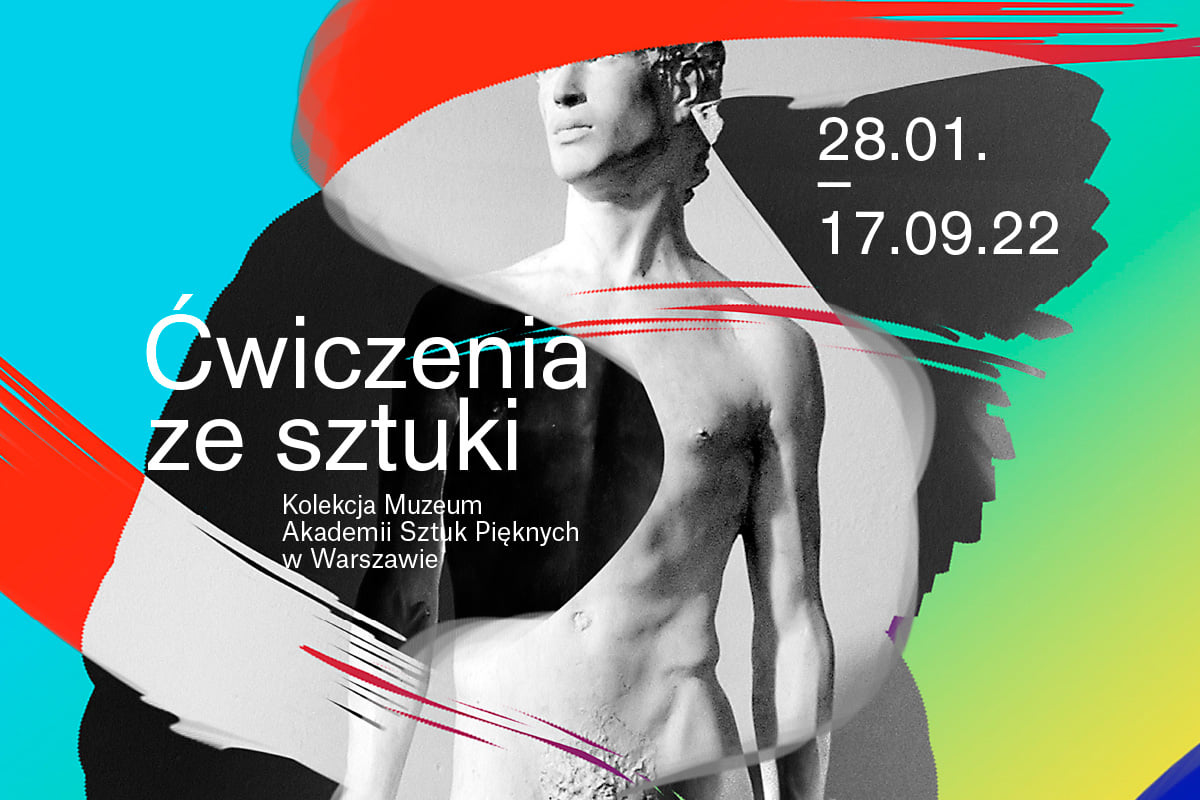
Serigraphy with the legendary Bolshevik by Paweł Kowalewski at the auction for Belarus!
Humanosh Foundation has been looking after political refugees for many years. Together with Piękna Gallery and CU ART, it is once again organizing a charity auction for Belarusians who are fleeing to Poland from repressions by the Lukashenka regime. On February 9, as many as 70 works by various artists will be put under the hammer. One of the most important one is the serigraphy by Paweł Kowalewski with the legendary Bolshevik, "A minute of shouting" by Jana Shostak or a photograph by Katarzyna Kozyra. The Internet partners of the auction are: Artinfo.pl and Onebid.pl. There are many Belarusians in Poland who, for fear of being arrested or even losing their lives, were forced to flee the country. They often come with one backpack because they did not have the time or the opportunity to take their life's achievements. Many people come to Poland with their families. Everyone needs a roof over their heads, food, cleaning products, and then support in arranging documents and official matters that will enable them to function in our country with dignity. The Humanosh Foundation has been looking after political refugees for many years. Last year, she renovated and opened Mirnyj Dom in Warsaw, the first house of Belarusians after their arrival in Poland. Over a period of 8 months, the facility took in and helped over 90 people to become independent. Apart from Mirny Dom, the Foundation takes care of 11 apartments all over Poland, where migrants from Belarus reside. Launching, equipping and maintaining the Mirne House was largely possible thanks to the funds obtained from the first charity auction, which took place on February 17, 2021 and collected more than 100 K zlotys. Virtual auction will take place on February 9, 2022 at 7:00 p.m CET. Signed serigraphy "Mon Cheri Bolscheviq" by Paweł Kowalewski, which was created on the basis of the legendary canvas from 1984, one can auction after registration for the auction: CLICK LINK The exhibition of pre-auction objects can be viewed in Piękna Gallery on Emilii Plater 10 in Warsaw. [gallery ids="5389,5390,4387"]
